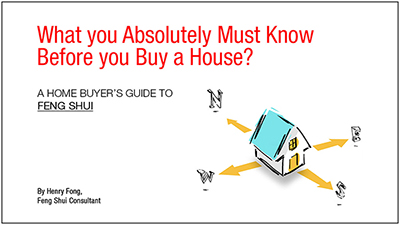The Pa Kua is normally arranged in a octagonal pattern.
There are eight kuas and there are many ways that you can position them but only two arrangements are used. They are the Early Heaven and Later Heaven arrangement shown below.
The Pa Kua Chart of the Early Heaven arrangement was believed to be arranged by Emperor Fu Xi (2852BC) based on the patterns found on the back of a tortoise . This pattern is known as the HeTu or ‘River Map’. The Later Heaven arrangement was attributed to King Wen based on symbols found on the back of a Great Tortoise near the Lo River. This pattern is known as the Lo Shu or ‘Lo Writing’.
(Pa Kua Chart Trivial: The Pa Kua is pervasive in Chinese Metaphysics and its application is not limited to Feng Shui and the Yi Ching)













